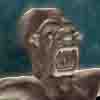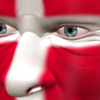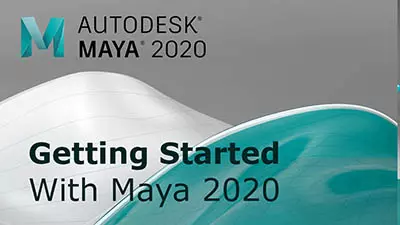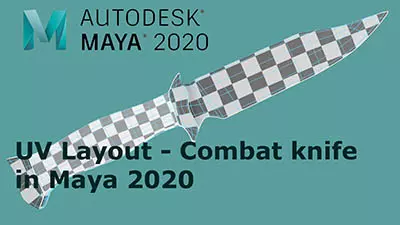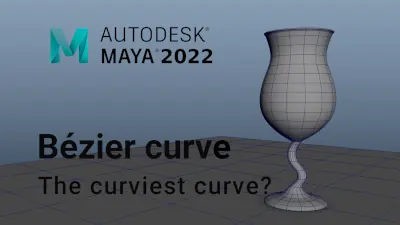
Beer glass scene creation
This course contains a little bit of everything with modeling, UVing, texturing and dynamics in Maya, as well as compositing multilayered EXR's in Photoshop.
#
1
22-03-2009
, 11:18 AM
Registered User
Join Date: Mar 2006
Join Date: Mar 2006
Posts: 59
another ncloth question.

#
2
25-03-2009
, 08:56 AM
#
3
03-04-2009
, 02:06 PM
Registered User
Join Date: Feb 2009
Join Date: Feb 2009
Posts: 47
#
4
05-04-2009
, 07:54 PM
There is no final answer for your questions. However I can give you a few inputs on how to attack the problems.
Note, I am by no means an expert on nCloth, but I have used a few times to simulate cloth objects in our 3D images for Lego box covers.
I would start by modeling the objects with as few polygons as possible. I would try to stick to Quads as it seems that nCloth dynamics gives best results with quads.
I would start doing my simulations with low poly objects, just to see if it works as intended, to get the feel for the dynamics simulation and its cloth properties.
When I am satisfied, I would up the resolution of the object, or simply turn it into a subD surface.
regarding thickness, I would do the simulation on an object with no thickness, to avoid penetration in the surfaces. Then bake the simulation and add thickness simply by extruding the objects slightly. This is of course something that depends on the situation and experience. And you may also have to re-UV the resulting object.
The rest is simply to test, test, test.
I hope this helps a little. Good luck.
Carsten Lind
Senior 3D Artist,
Maya Software Manager & Maya Instructor
LEGO Systems A/S
Posting Rules Forum Rules
Similar Threads
Resizing/rescaling ncloth with character to fit scene
by luciferr in forum Dynamics & Special Effects replies 3 on 11-02-2023
Please help... PC freezes during ncloth cache and/or ncloth timeline playback
by luciferr in forum Dynamics & Special Effects replies 5 on 01-08-2017
nCloth on Bind skin
by GeorgiStamenov in forum Maya Basics & Newbie Lounge replies 2 on 20-12-2013
nCloth question
by Sil-Valeor in forum Maya Basics & Newbie Lounge replies 2 on 28-10-2008
plugin export question
by Trimeister in forum Maya Basics & Newbie Lounge replies 10 on 27-06-2003
Topics
Free Courses
Full Courses
VFX News
How computer animation was used 30 years ago to make a Roger Rabbit short
On 2022-07-18 14:30:13
Sneak peek at Houdini 19.5
On 2022-07-18 14:17:59
VFX Breakdown The Man Who Fell To Earth
On 2022-07-15 13:14:36
Resident Evil - Teaser Trailer
On 2022-05-13 13:52:25
New cloud modeling nodes for Bifrost
On 2022-05-02 20:24:13
MPC Showreel 2022
On 2022-04-13 16:02:13
